Fitted cabinetry has been a standard choice in our kitchens since the 1950s, but there’s now a growing trend for a more easy-going mix-and-match aesthetic, one which weaves in freestanding kitchen furniture, such as larders, butcher's blocks and dressers.
What is a freestanding kitchen?
A freestanding kitchen is exactly how it sounds - a kitchen that is made up of as different pieces of kitchen furniture which is not fitted to the walls. But it doesn't need to be either or - you can mix it up too.
‘High-quality pieces that can be moved around or repurposed are becoming increasingly attractive,’ says Jacinta Pratt, senior kitchen designer at John Lewis of Hungerford.
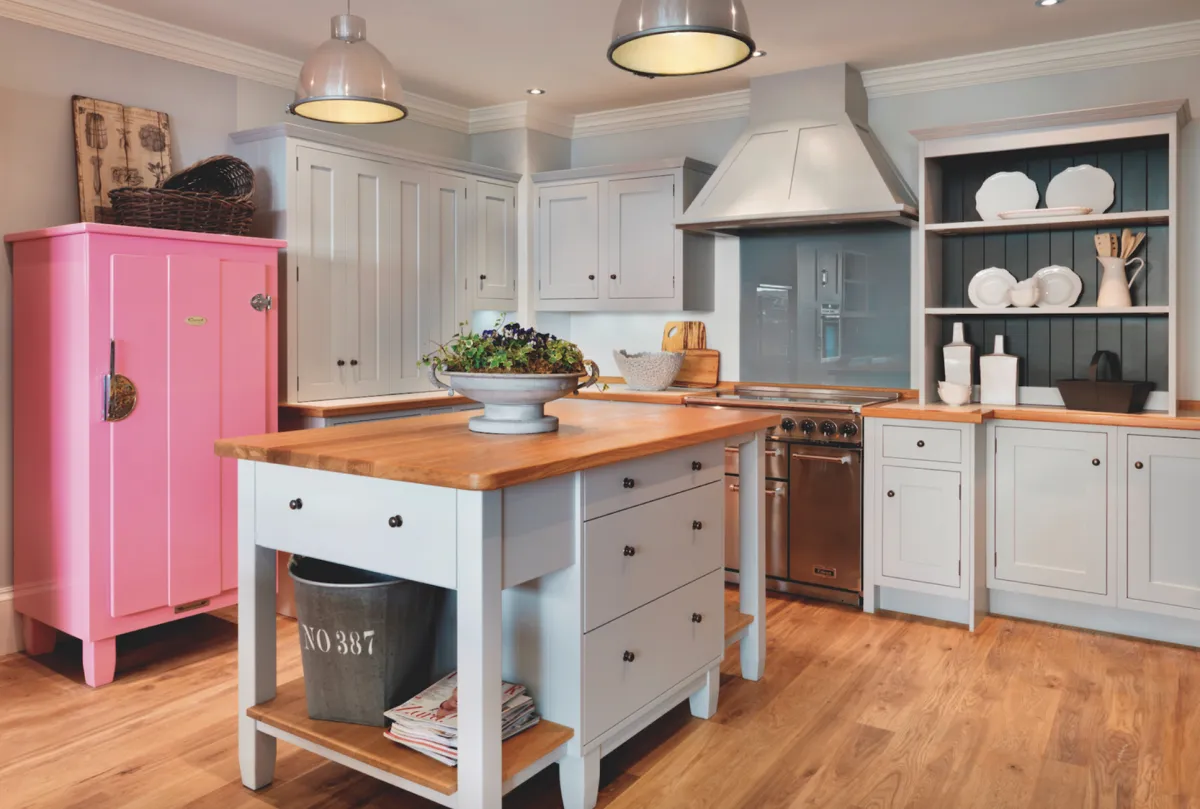
‘Trends are moving away from the uber-polished to a more relaxed approach.’ Jane Stewart, design director at Mowlem & Co, agrees.
‘There’s a movement towards honesty of material and design. Mixing things up with the odd heirloom piece feels more handpicked and gives a home character.’
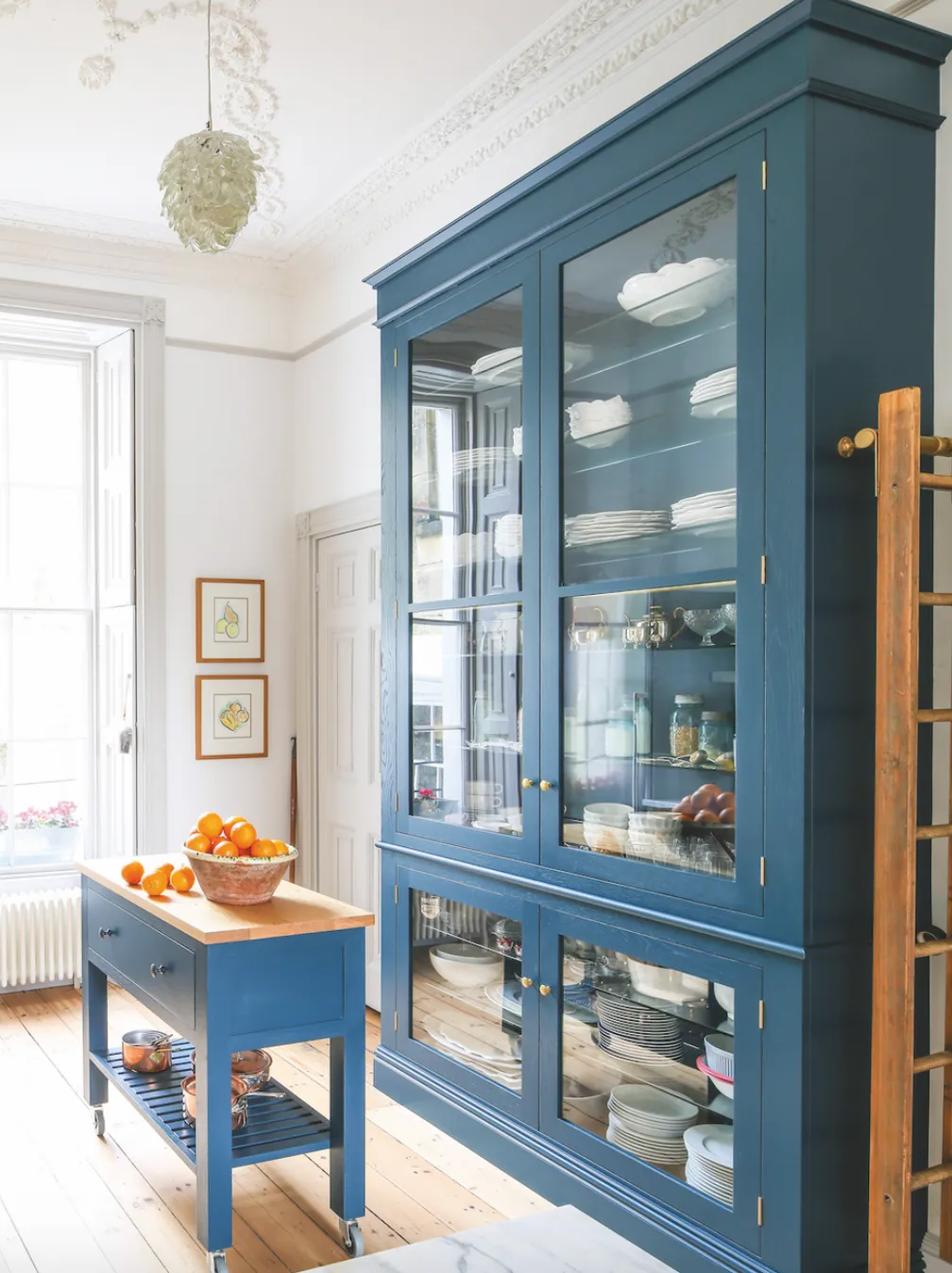
While customers still rely on wall-to-wall units with a continuous worktop for practicality, ‘a fitted kitchen wrapped around a room can be overpowering,’ says Neil Stafferton, design manager at British Standard.
‘Freestanding items help break this up and add scale, texture and grit.’
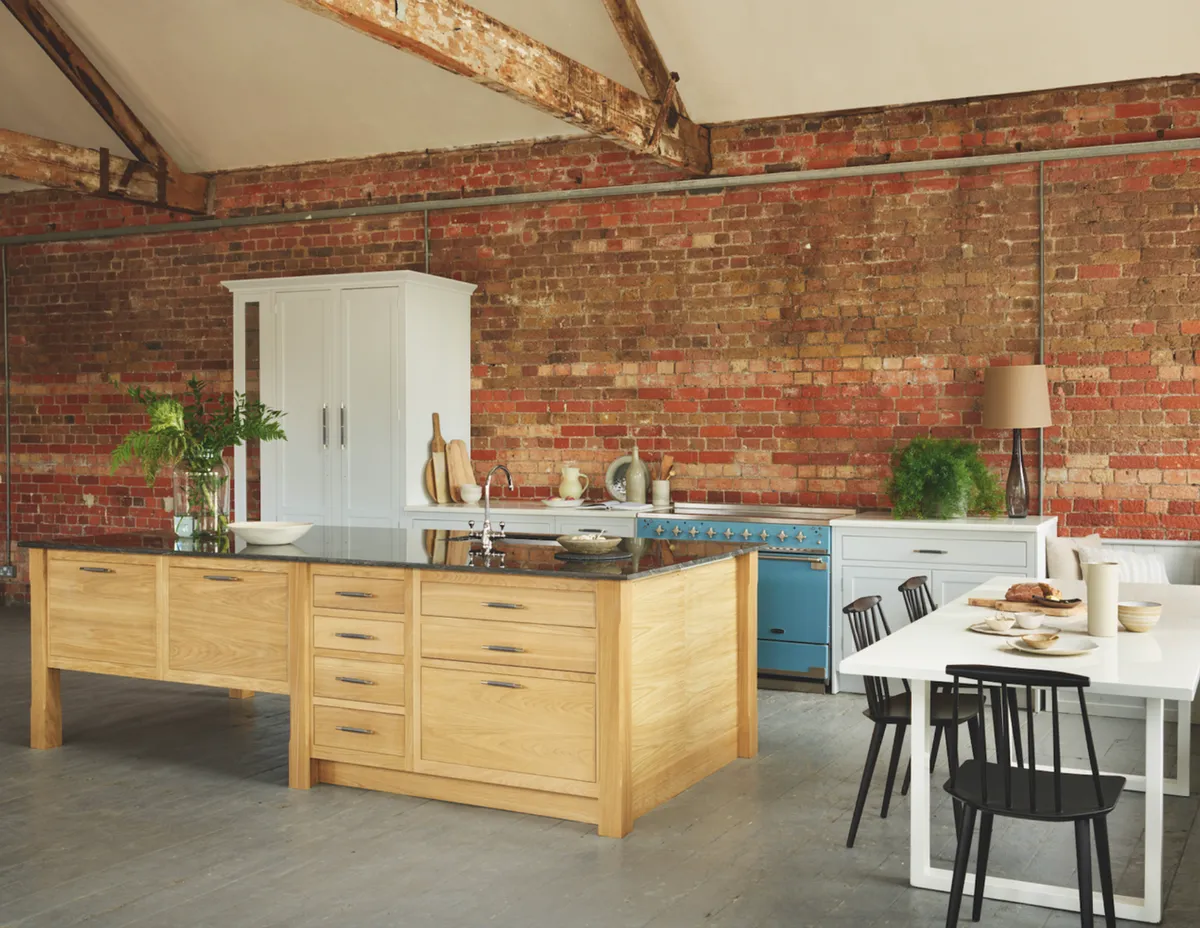
What are the benefits of a freestanding kitchen?
Stand-alone elements bring practical benefits too, as Richard Moore, design director at Martin Moore explains. ‘Freestanding pieces work well in period houses with awkward architectural features.
'They can be made to fit around odd angles and features like fireplaces and alcoves. And they’re versatile – a cook’s table can be shifted around when the kitchen needs to be rearranged.’
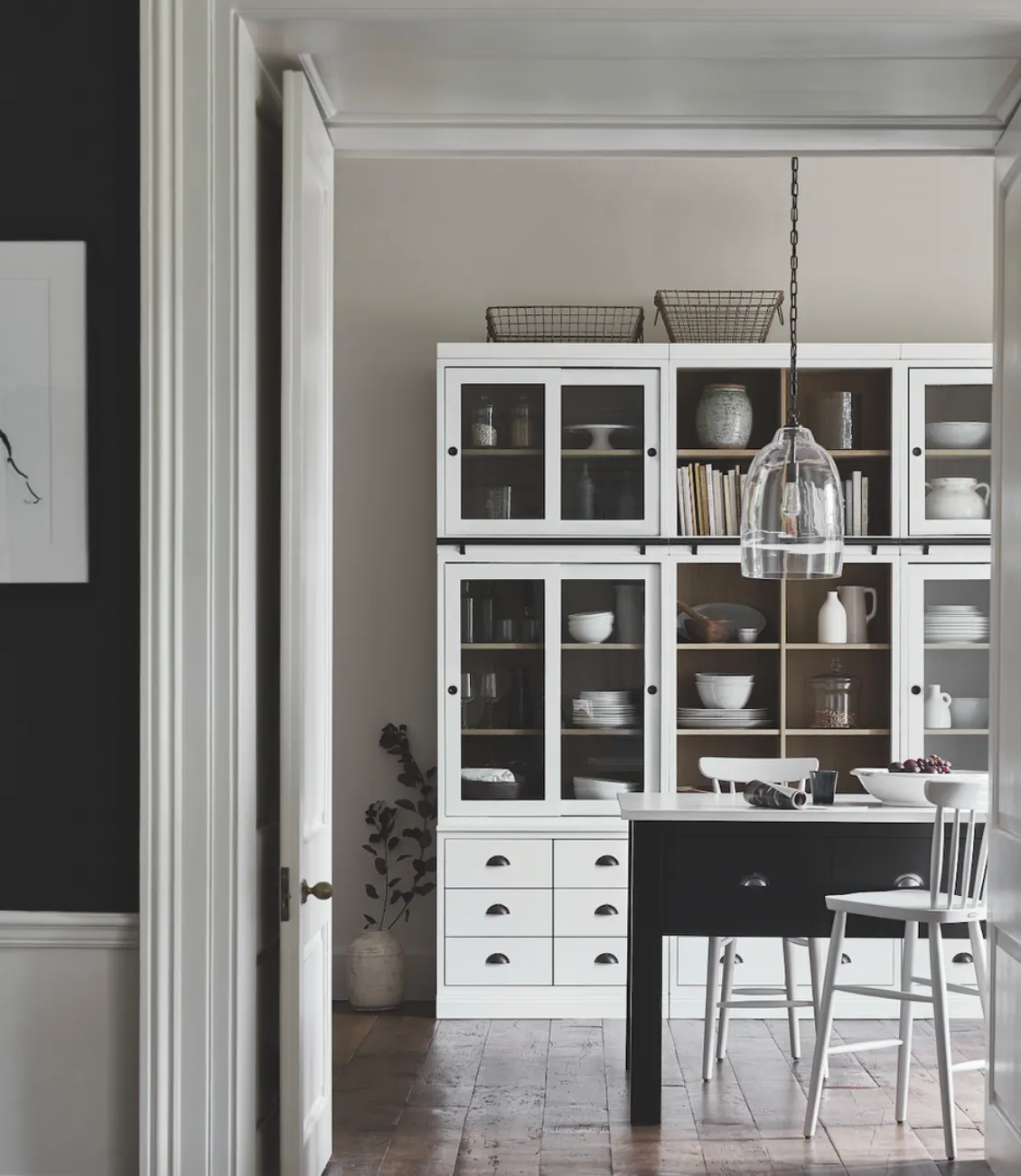
Freestanding pieces you might want to consider are a butcher’s block for ad-hoc workspace, a larder to hide everything from appliances to spice jars, and a timeless dresser to display treasured china and glassware.
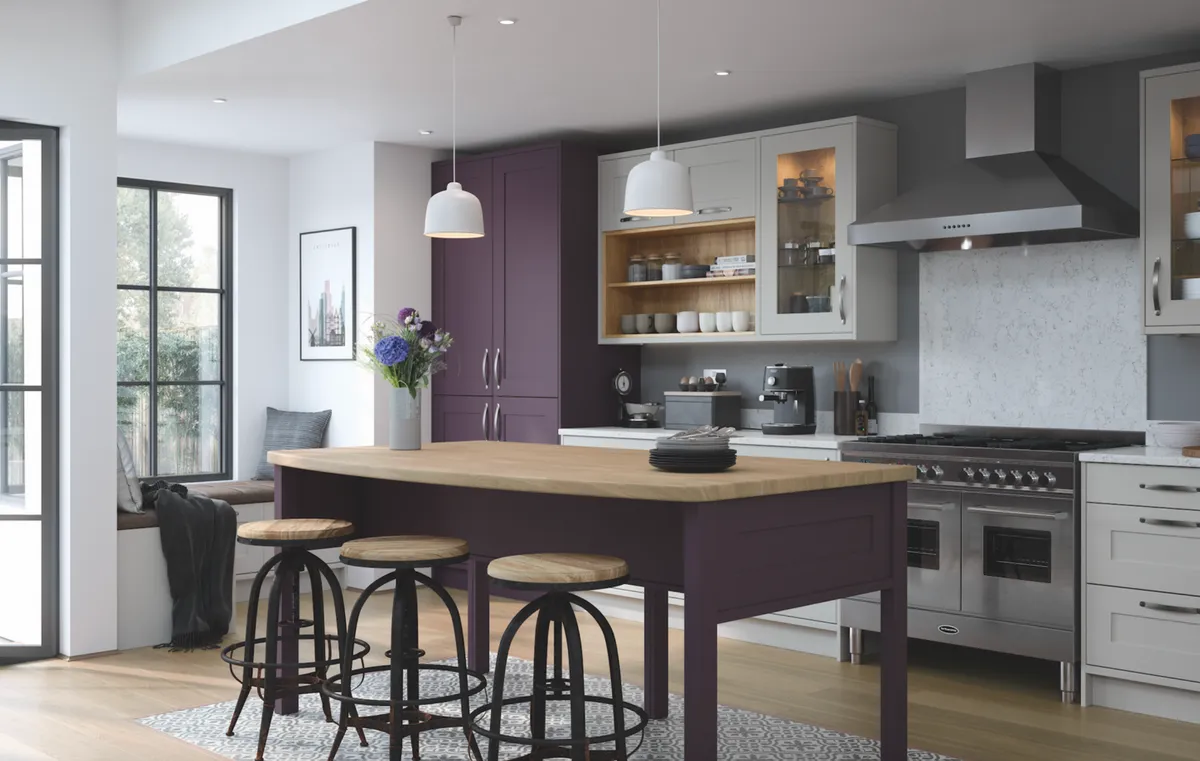
It’s worth remembering, though, that the heavier the piece, the less flexible it will be. And what is the key to blending freestanding with fitted pieces? ‘Play around with older items to help ground the space,’ says Neil.
‘Balance materials and proportions – but don’t overdo it.’
Words by Alice Butler

